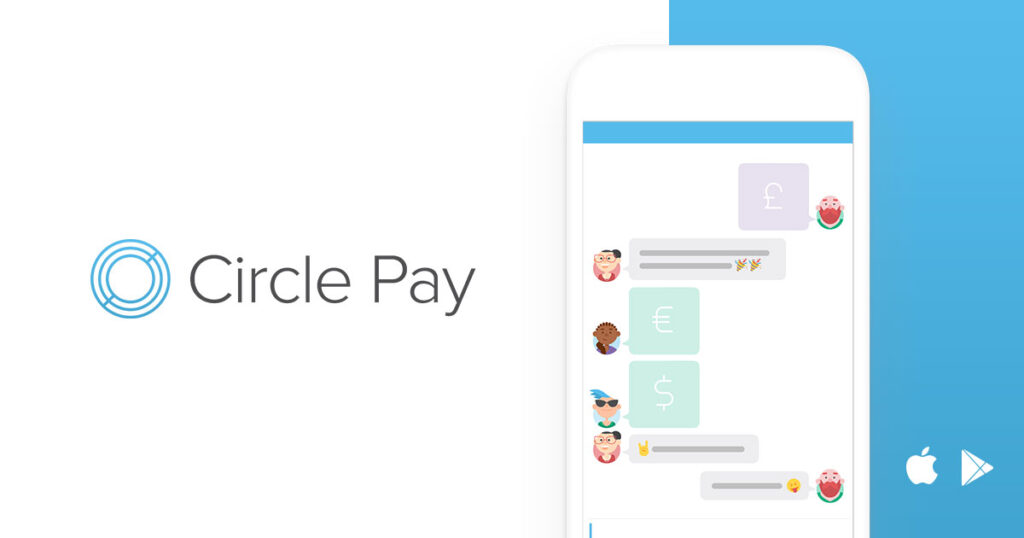A maturing market commonly features business closures and consolidations, mergers and acquisitions, as firms build their markets and some just find themselves unable to hack the growing competition. One such shutdown recently came to light, as Circle Pay announced it was beginning a “multi-phase wind-down,” which would conclude on September 30.

Those who don’t extract their cash before then, meanwhile, will find it turned over to states and / or countries of local authority. On July 8, only withdrawals will be allowed via the app. Reports from the company noted that the product—which recently celebrated its fifth anniversary—had some demand, but it wasn’t sufficient demand to keep the product in the fold.
Instead, Circle turned its attention to stablecoins, cryptocurrency with a kind of backing. The company also laid off 30 employees back in May, part of a cost-cutting move which suggested further internal consolidation.
Circle’s Josh Hawkins noted “Circle Pay is a popular social payment app that has seen significant organic growth over the years across the U.S. and Europe. But now that we have USD Coin and an open, interoperable stablecoin standard through CENTRE, it makes sense to sunset our first-generation effort and transition full focus to wallet services that take a bigger step toward reaching our original vision for a free, open and transparent global payments network.”
On a certain level, this makes sense. Given that CENTRE actually opened itself to new membership not long after shuttering the mobile payments side of things, it’s clear Circle was planning for something like this and went accordingly. It’s also good to note here that Circle was willing to shutter a product that was performing, though not as well as they’d like; some would have kept the product limping along with a sliver of market share. This way, Circle can focus on an area it believes has greater potential.
It might be a stretch to think that stablecoins have a greater market potential than mobile payments. Given how many mobile payments platforms already exist, though, Circle may have had the right of it after all, pulling out of a market where it was guaranteed to be one of dozens, if not hundreds, and instead focusing on going for a piece of first-mover advantage somewhere else.

